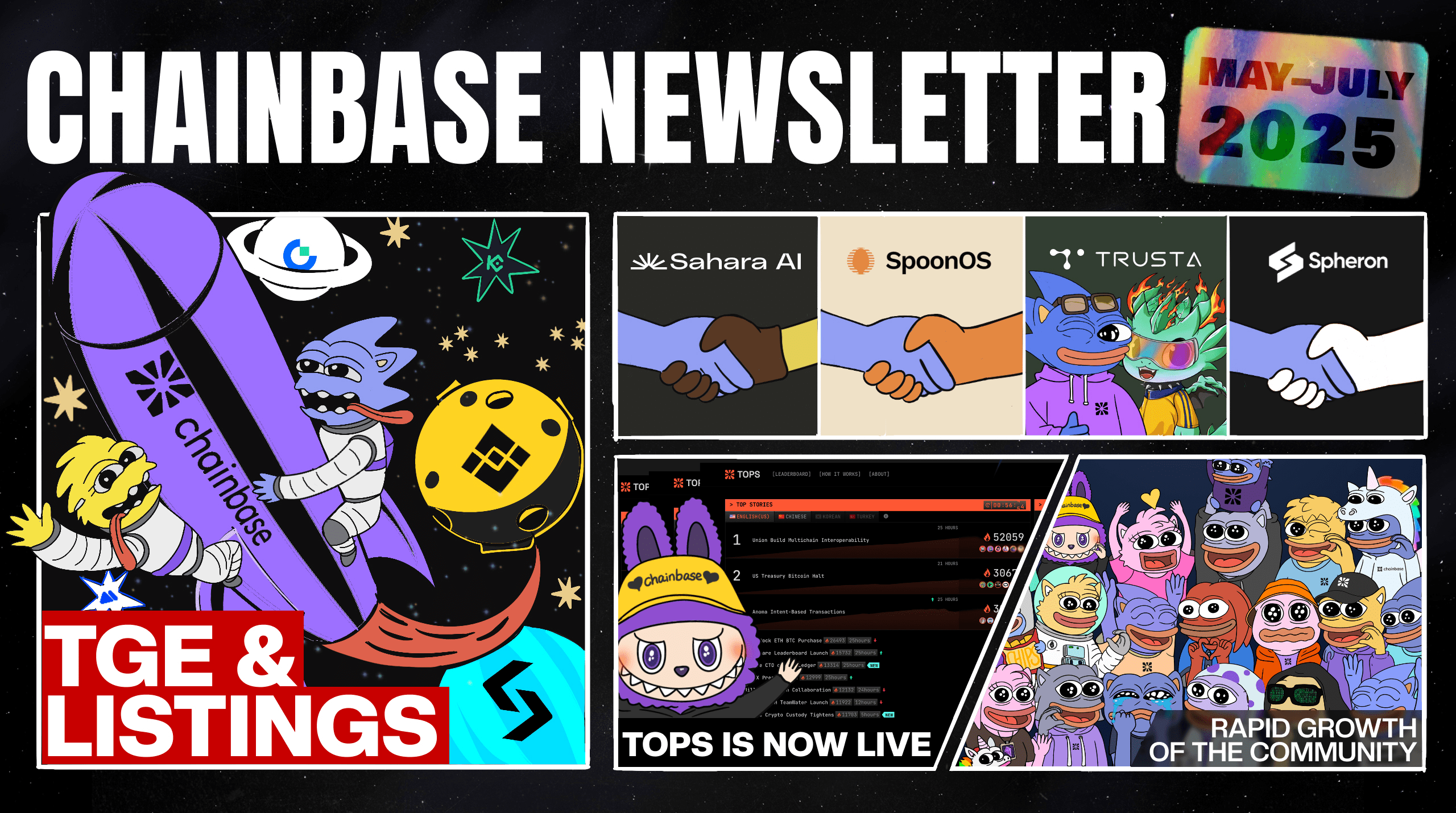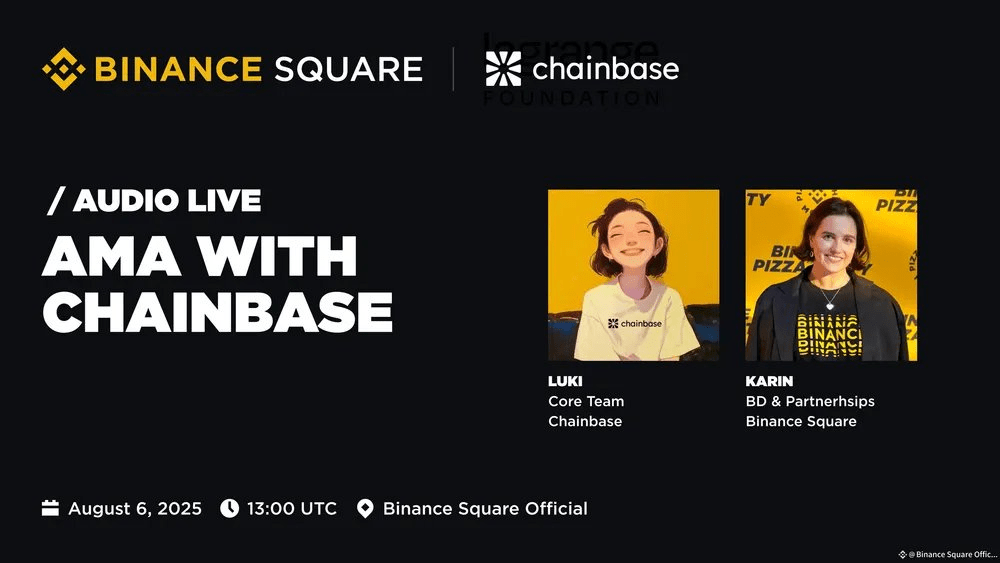What exactly does Chainbase, which even Tencent is investing in, offer, and why isn't it causing a price surge? Behind this question is the market's deep curiosity about the Web3 data track— a project that received $15 million in Series A financing led by Tencent, with a total financing amount of $18 million, yet has not triggered significant fluctuations in token prices in the short term. To understand Chainbase's value logic and market response, one needs to look beyond the surface, approaching it from three dimensions: technical architecture, ecological role, and token design.
I. What is Chainbase? Why is Tencent heavily investing?
Chainbase positions itself as a 'decentralized super data network for the AI era', aiming to build an open, trustworthy, and permissionless Web3 data foundation. Its core value lies in solving two major pain points:
Data Silos Problem: Integrating multi-chain data (supporting 20+ chains, sync delay <3 seconds), providing structured data for AI models and DApps through a unified interface;
Lack of data credibility: Using blockchain tracing, ZK-proof privacy verification, and decentralized incentives to ensure data sources are transparent and verifiable.
What Tencent and other investors value is its underlying value as the 'Web3 backend'—just as cloud services are to the internet, Chainbase is expected to become a key pipeline for the integration of AI and Web3.
II. Technical Architecture: Dual-chain four-layer design breaks through performance bottlenecks
Chainbase's core competitiveness lies in its modular architecture, balancing decentralization and high performance:
1. Data Access Layer: Compatible with on-chain/off-chain data sources, introducing ZK-proof to ensure integrity;
2. Co-processing Layer: Innovatively creating the 'Manuscript' scripting standard, allowing developers to standardize and assetize data processing flows;
3. Execution Layer:
CVM Virtual Machine: Supports parallel computing, with peak throughput reaching 500,000 QPS, meeting AI training needs;
ChainbaseDB: Integrates vector and graph databases to optimize AI query efficiency;
4. Consensus Layer: CometBFT + DPoS dual mechanism, combined with EigenLayer for re-staking, achieving 'Ethereum-level security'.
This architecture not only supports an average of 600 million queries per day but also provides developers with a one-click API experience, significantly lowering the barrier for DApp development.
III. Token $C : Utility value > speculation logic
Token C is the lifeblood of the ecosystem, but its design focuses more on long-term utility rather than short-term price manipulation:
Payment tools: Used for data queries, Manuscript execution, and other basic services;
Incentivizing network participants:
Data providers: Contributing off-chain data can earn profit shares;
Node operators: Stake $C to run CVM nodes, with annual returns of 12-18%;
Governance Rights: Token holders vote to determine data standards and ecological fund distribution.
Token distribution emphasizes 'contribution binding': Only 3.5% is used for early airdrops, with most gradually released through ecological behavior, suppressing speculative selling pressure.
IV. Ecological Status: Developer-first, gradual commercialization
Chainbase's landing strategy is clear—first build a foundation, then explode:
Developer Ecosystem: Has attracted over 15,000 developers, serving over 8,000 projects;
Strategic Cooperation:
Co-building the AI Agent ecosystem with CARV, supporting dual-token staking;
Jointly promoting IP data assetization with Story Protocol;
AI Integration: The open-source large model Theia has better on-chain inference efficiency than GPT-4.
Although these collaborations did not directly stimulate coin prices, they built real-use case scenarios for the data economy.
Why 'not causing a price surge'? The choice of long-termism
$C has not seen a surge; this is fundamentally a result of consensus between the project team and capital:
1. Token Economic Restraint: An inflation rate of only 2% is used for validator incentives, with no short-term selling pressure;
2. Shift in Phase Focus: Currently focused on infrastructure building (such as mainnet launch and node expansion), rather than market cap management;
3. Market Environment Constraints: The crypto market is still in a recovery phase in 2025, with institutional funds leaning towards stable targets;
4. Value Depreciation Demand: The data network effect requires time to accumulate; the current average daily query volume of 600 million is just the starting point.
Conclusion: Data is the new oil, and refineries are not in a hurry to sell drill bits
Tencent's bet on Chainbase is based on its potential to become the AWS of the Web3 data layer. When AI demands high-quality structured data, Chainbase's open network and token economy may become key drivers of 'data fairness'. The value release of C will gradually manifest alongside ecological expansion—if its Manuscript standard becomes an industry protocol, it could trigger explosions in scenarios like RWA and SocialFi, and the tokens will naturally capture growth dividends.
True infrastructure is never built for price manipulation; it paves the way for waves.


